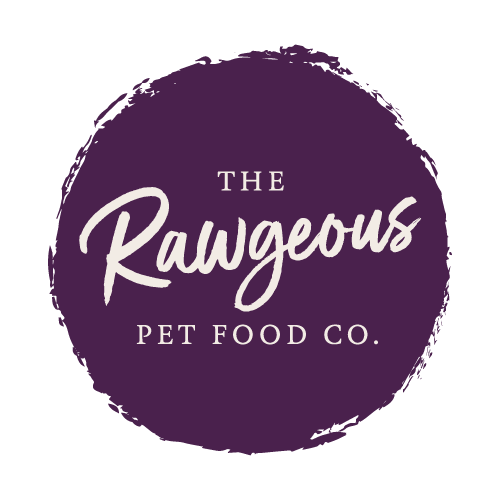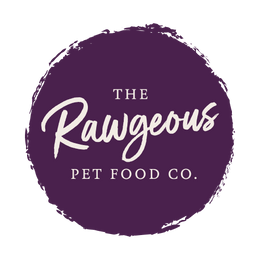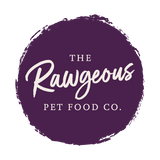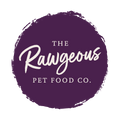The Truth About Kibble
We’ve all seen it, many of us have used it, but do we really know the truth about Kibble? Any loving dog owner has the right to know what’s in their food, so we thought we’d share some insight into this dry food, corporate commodity.
Origins of Kibble
Kibble was first produced in the 1940s as a way to combat tin can shortages during the war. Its initial purpose was to provide a temporary solution, replacing regular tinned high-meat meals (horse). However, what was seen first as temporary soon became permanent. But why?
Unfortunately, the answer isn’t based on the health and performance of dogs, but rather on its quick and cheap production rate. Large corporations realised they could use cut-price by-products from human food production (especially cereal), and churn this out en masse at relatively cheap costs.
For its consumers, kibble was, and still is cleverly marketed to be an accessible, mess-free and inexpensive option for dog owners. Win, win right? Wrong.
Perfect shape
Firstly, look at its shape, perfect isn’t it. And if there’s one thing we should know about healthy eating it’s that immaculately shaped food is probably too good to be true, with it most likely being over-processed to help it appear and feel the way it does.
Think chicken nuggets, they may be labelled as a ‘chicken’ but its form is so far removed from its original shape it must have been processed in a certain way. We aren’t told how it's formed this way, and we don’t really know how much of it consists of actual chicken because the broad and flimsy regulations continue to use dubious thresholds on what counts as being ‘meat’. There has to be other ‘stuff’ in it too (we know that there is)?
Extensive Heating
Even the most highly thought-of kibble that boasts of being ‘grain-free’ and ‘organic’ is produced in an intense extrusion process. This process forces through raw materials, and subjects them to extreme heating and mixing which causes physical and chemical modifications.
Here lies one of the problems with kibble. When the raw meats, vegetables, carbs and fillers are mixed together into a doughy form, and then placed into a machine, the extreme high cooking temperatures and pressure completely zaps any nutritional value it may have originally contained. Industrial dryers also remove any moisture from the food, taking away water which is an essential source of hydration.
Artificial Vitamins & Minerals
Using low-quality raw materials that already offer little nutritional value, the intense heating of kibble dissipates any vitamins and minerals that may have previously featured. As a way to get round this, and still market the product as ‘nutritious’, producers have to spray synthetic vitamins and minerals onto kibble.
These fake vitamins and minerals may help these pet food brands position and sell their product, but they certainly don’t help a dog’s health. In fact, studies show that the body struggles to absorb these synthetic add-ons, and long-term they will almost certainly cause health problems in dogs.
Also, there’s more of a risk attached when you have to use synthetic vitamins and minerals. What’s to say something doesn’t go wrong with the quantity? This happened to a major player in 2019, when Hill’s Pet Nutrition issued a worldwide recall of 22 million cans- all because they contained toxic levels of Vitamin D.
Dogs Love It, Though
Dogs eat with their nose, and dry food producers know this. If they left their kibble as it were after heating, then dogs and their owners wouldn’t touch it. Similar to how crisp manufacturers spray flavoured powders on crisps, kibble producers do the same.
Animal fats are also sprayed onto kibble to keep them palatable for dogs, even after years of being on the shelf. Artificial colours are applied to help its appearance look more appealing. Preservatives are sprayed to give it a longer shelf life, some of which contain the same ingredients found in e-cigarettes and antifreeze.
All this meddling and spraying may increase kibble’s shelf life, and make it seem more attractive for owners and their dogs, but it’s actually making them more sick and unhealthy.
How The Body Reacts
Although the short-term implications of feeding kibble may go unnoticed, its long-term effects are undeniable. Just like if you filled the wrong fuel into a machine for long enough, eventually it’ll end up breaking.
Many ingredients used in the production of kibble, including its fillers, additives and preservatives, have all been linked to a whole host of conditions and illnesses. These include but are not limited to- cancer, organ failure, heart disease, allergies, obesity, diabetes and dental issues. There’s enough research out there to show clear links between a long-term diet of kibble and bad health implications for dogs.
What Dog Owners Can Do
If you’re feeding your dog kibble every day, then just know it really isn’t good for them, and even a small change like reducing how much of it they eat can help. If you’re unsure about completely adopting a new diet for your dog, then how about slowly introducing healthier options.
The ideal would be a complete transition to a clean, raw diet. With dogs being 99% wolf, a raw diet will nourish them just as nature intended. Dogs, or any animal for that matter, are no different to humans with the gut playing a crucial role in determining how healthy and happy they are. If there’s one thing you take away from this; it should be- take care of the gut, and you take care of the dog.



